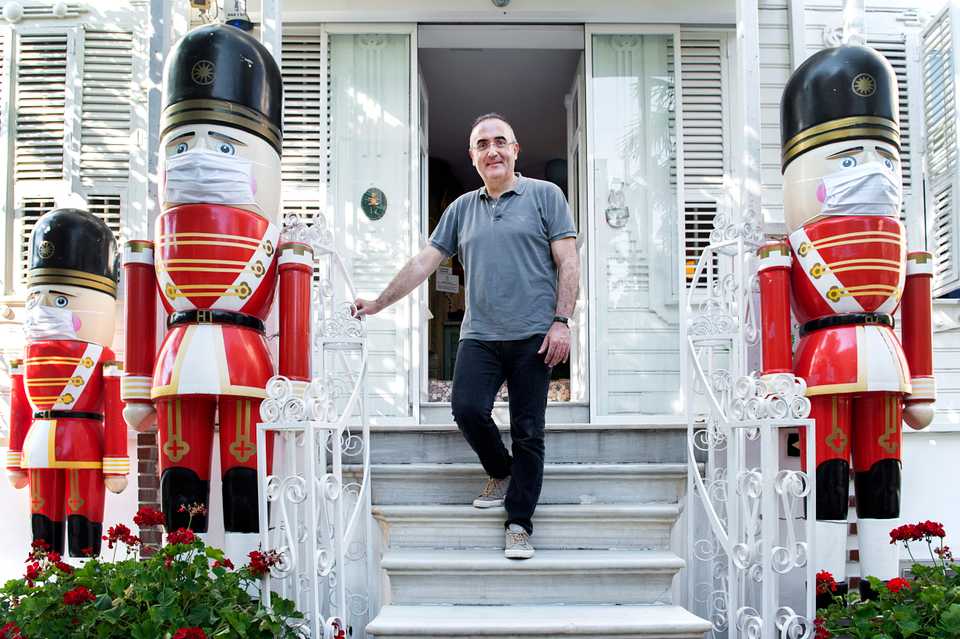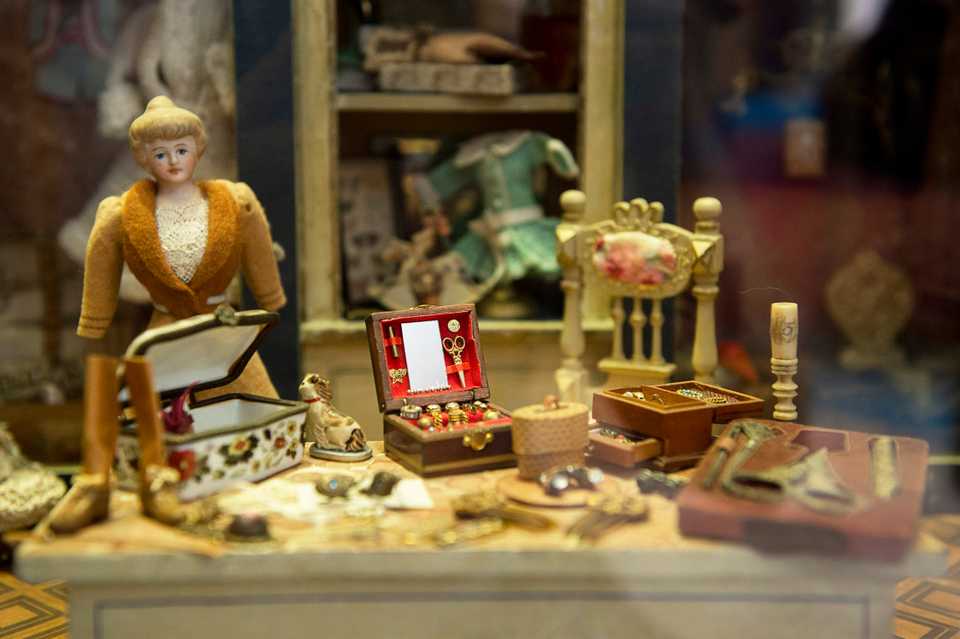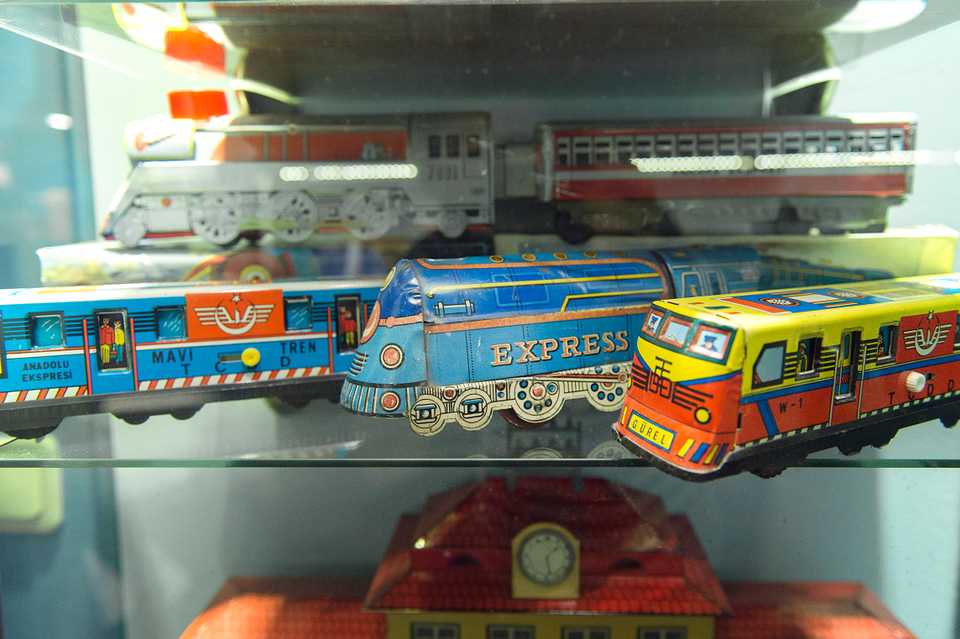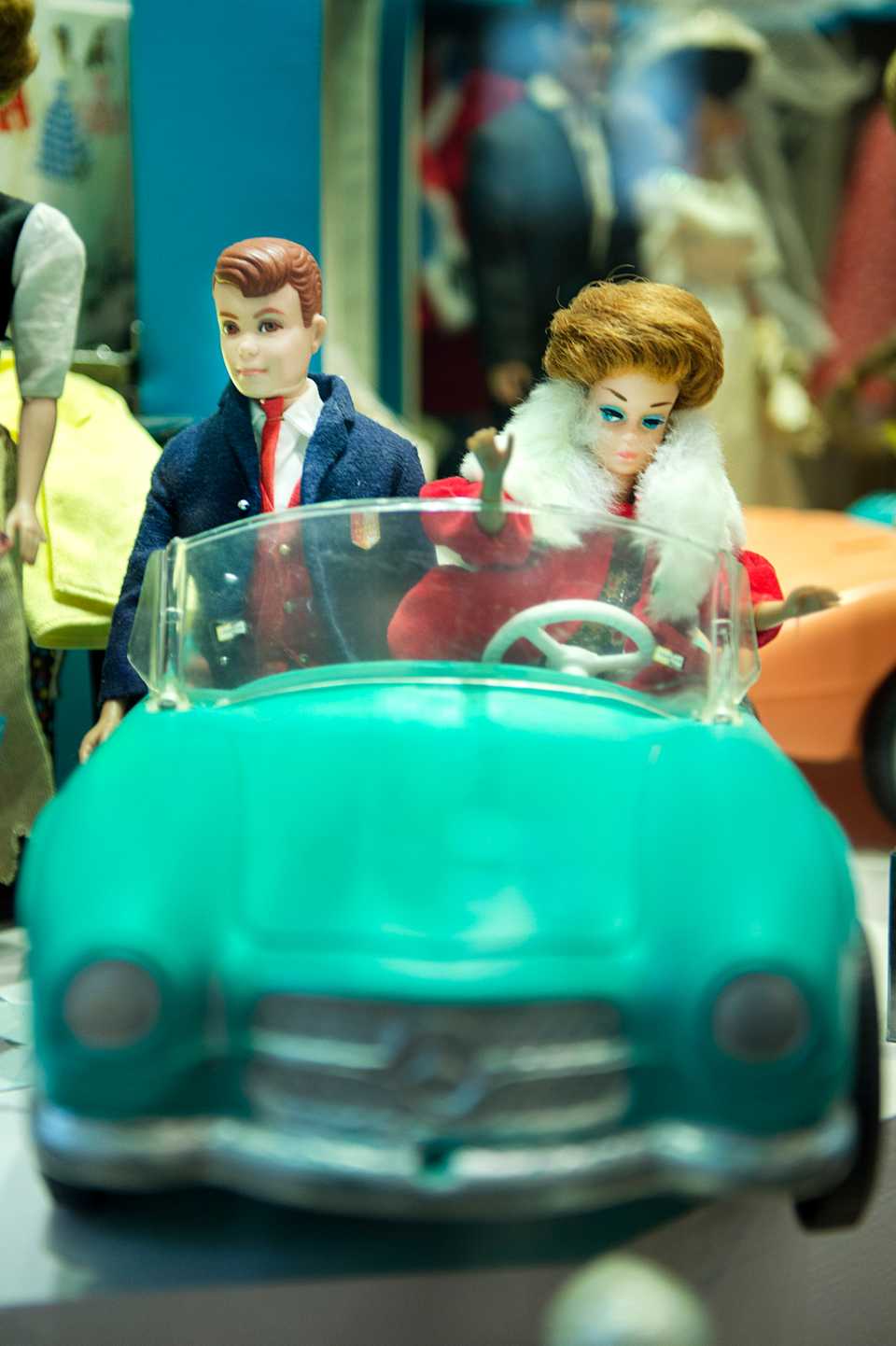Tucked away in a tree-lined street in Istanbul’s Goztepe district, the Istanbul Toy Museum is nestled within a beautiful, historic mansion that poet, actor and founder Sunay Akin inherited from his family.
The museum opened on April 23, 2005 on Turkey’s National Sovereignty and Children’s Day. It has since amassed thousands of toys – some over a century old. Akin has been behind this all.
Akin says that he first came up with the idea for a toy museum in Turkey about 30 years ago when he was in Nuremberg for a literary conference. He had a day in which to visit museums, and had planned to spend his time viewing Albrecht Durer’s work, or even seeing the famed Nazi courts. A brochure he found at his hotel lobby changed all that.
According to Akin, he had planned to spend “half an hour tops” at the Nuremberg Toy Museum. He instead spent the whole day there, and left only when the guard alerted him that they were about to close for the day.

“No museum can tell the story of civilisation the way a toy museum can,” Akin says. “Toys are a witness to their time. You see the history of humanity in a toy museum, from architecture to the conquest of space, from the Industrial Revolution to fashion.”
Discovering toy museums around the world in cities he visited became Akin’s passion, and he realised that there were hundreds: “all developed countries have established toy museums.”
He started writing a book, Kirdigimiz Oyuncaklar [The Toys We Break]. At the same time he felt jealous and sad, “wondering why there isn’t a modern toy museum in my country”. He decided that he himself would set one up.

“As if I were asking the blessing of her father to marry”
“As an artist, a writer, I took the royalties from books I’ve written, added them to my one-person plays’ royalties, and set up this museum that you see,” Akin tells TRT World.
Akin initially bought his toys from auctions, but then decided to go to the source, to the collectors, because of the high costs involved with auctions.
“These antique toys, they’re not toys you can buy off the shelf at some store. They’re collectors’ private property. Some of them put them up for sale every once in a while, you don’t know the reason why. Maybe his daughter is sick, or maybe he’s going to get married, or maybe he’s planning to buy another toy with the money he’ll make from that sale.”
Akin says that he has rung many doorbells in order to build the impressive collection, which is displayed over three floors at the family mansion. “I’ve collected each toy you see in this museum as if I were asking the blessing of her father to marry,” he says.
He says trust is key: “Why should the collector sell to you? Where is that toy going? There are many suitors for that toy. And it’s expensive, but there are many willing to pay that price. So why should you be the one to receive it?”

Three generations enjoy the museum together
Akin says toy museums are the only museums where three generations can be happy together. “They become friends with each others’ childhoods,” he says. “Parents who walk in holding the hand of their child walk out holding the hand of their own childhoods. Only toy museums achieve this feat.”
According to Akin, museums are palaces of memory. Also, he says, one should present “the right artefacts”. He says that the pieces in the Istanbul Toy Museum are the most important pieces of toy history. “There are many knockoffs, many copies in the toy business,” he says. “But just as you would put an original signed copy of a painter in an art museum, you would put first editions in a toy museum, too.”

Modern museums in Turkey
“Istanbul Toy Museum has proven to be an inspiration to modern museums in Turkey,” Akin says. “After us, there has been an extra awareness about private museums.” Pointing out the private museums “funded by great economic powers” he lists the Sabanci Museum, Rahmi Koc Museum and Istanbul Modern. He then muses: “So can a person do anything new by himself in museology? I am an example of that. Of that bravery, of that pioneering spirit.”
He doesn’t sound immodest when he speaks of his achievement, instead simply proud and excited that there are now more private museums in Turkey than there were when the Istanbul Toy Museum first opened. He adds: “We work together with the Ministry of Culture and Tourism and the General Directorate of Monuments and Museums on the problems of private museology. We are opening the roads as if we were a snowplough.”










Discussion about this post